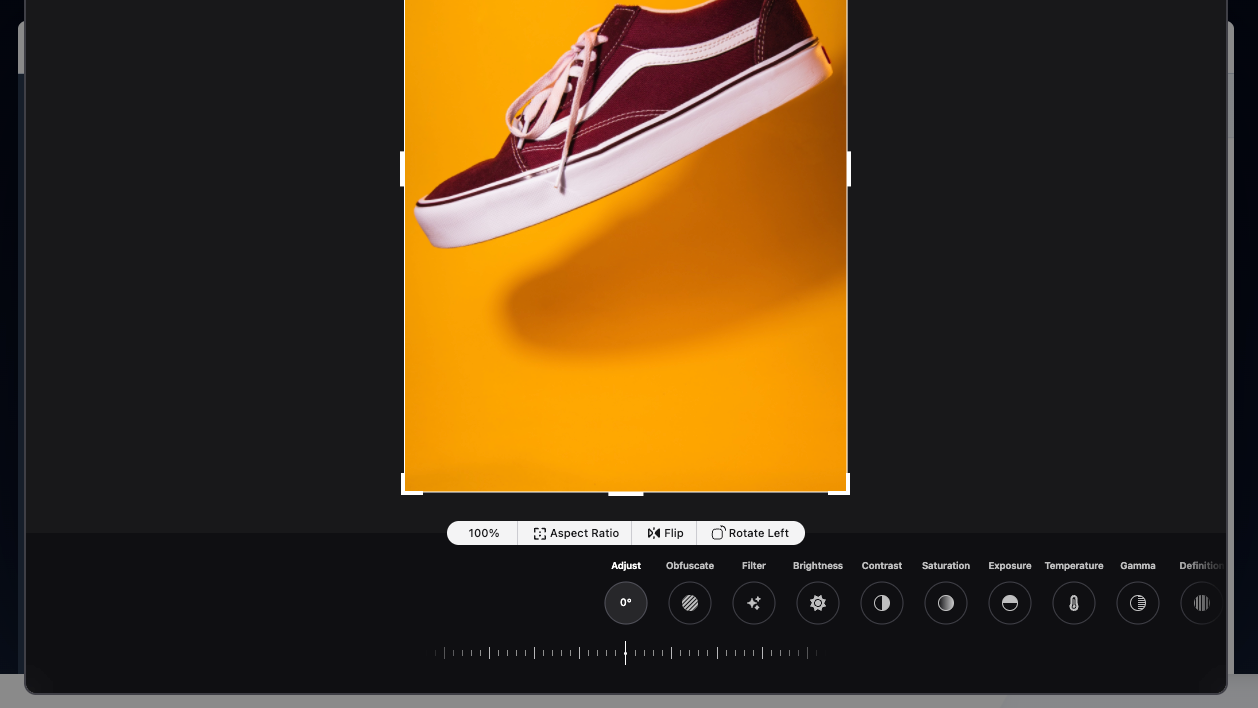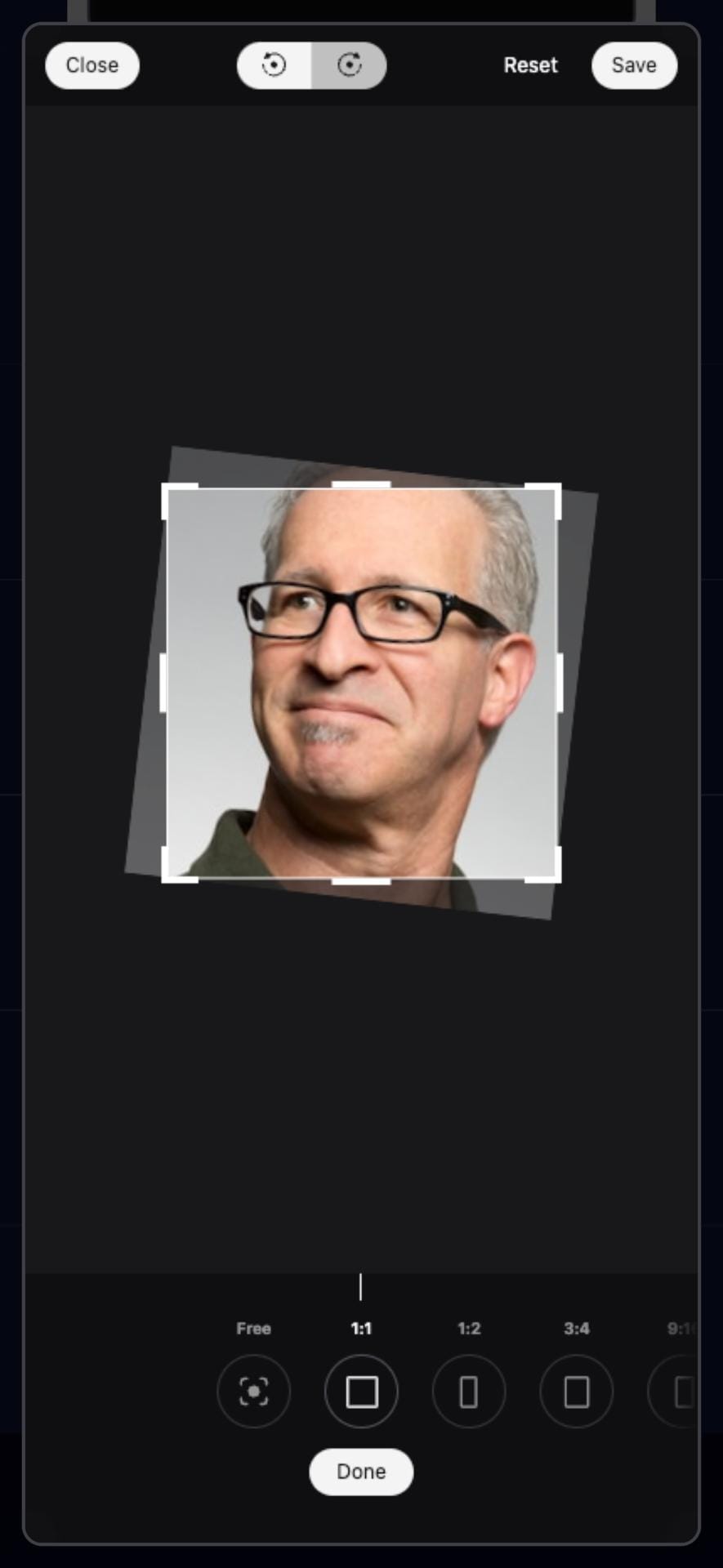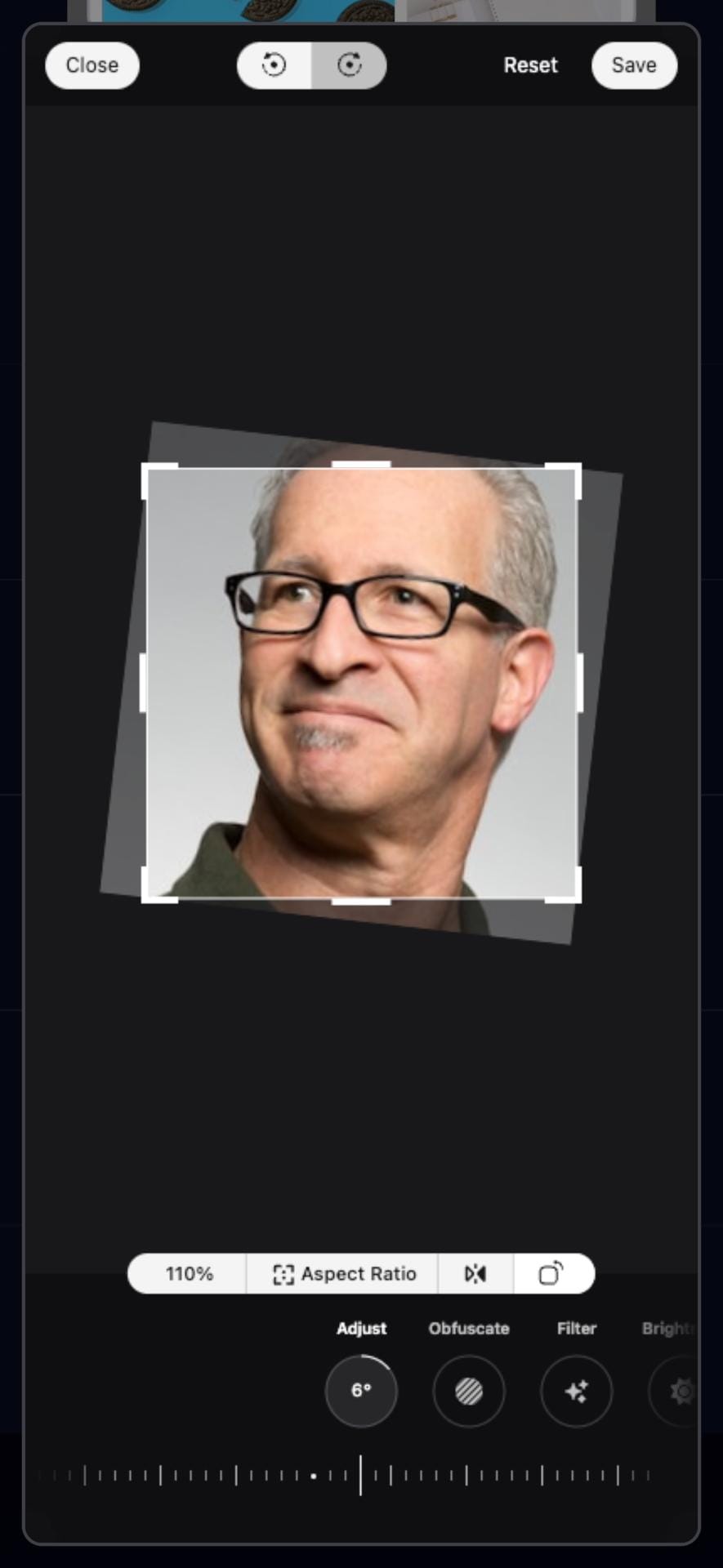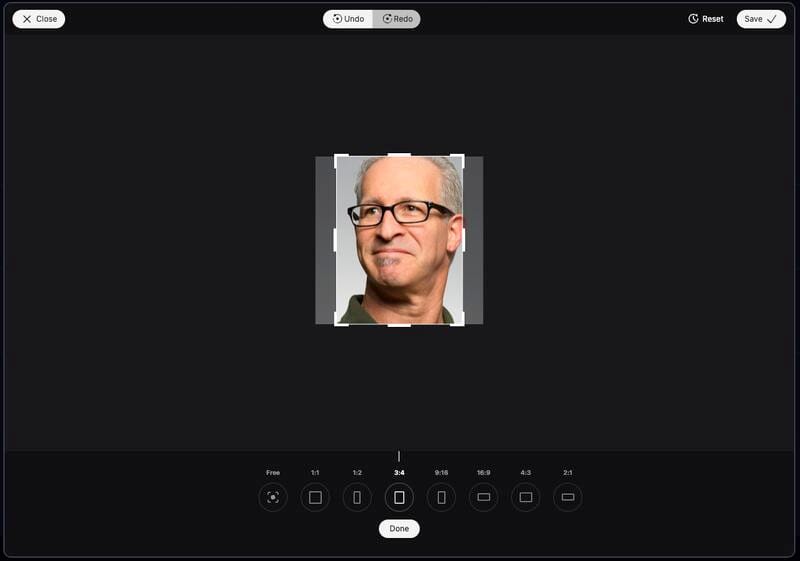The Day I Built My Own Browser-Based Image Editor

Two years ago, I faced a frustrating challenge: finding a reliable, browser-based image editor that didn’t compromise quality or force me into expensive licenses. Every available solution either lacked essential features, felt clunky on mobile, or simply didn't deliver the native, fluid experience I wanted. Frustration quickly turned into curiosity—could I build a better solution myself?
What started as a casual side project evolved into an exciting journey spanning two intermittent years of coding, experimenting, and refining—long before AI tools existed to help developers breeze through obstacles. My mission was clear: create a robust image editor that felt genuinely native, worked seamlessly across mobile and desktop browsers, and delivered professional-quality editing without hassle.
Today, I’m thrilled to share a fully responsive, intuitive image editor that’s become my go-to tool for quick edits:
- Mobile-native feel: Custom-built touch controls ensure smooth, responsive editing on any smartphone.
- Comprehensive toolset: From smart cropping with diverse aspect ratios, precise rotation, and resizing, to professional adjustments like brightness, color saturation, and sensitive-content obfuscation.
- Minimalist Interface: Clean design that prioritizes ease of use, placing powerful features just a tap or click away.
- Real-time Previews: Instantly see edits, streamlining creativity and efficiency.
On the tech side, I embraced React for smooth state management, Tailwind CSS to achieve that polished, modern aesthetic, and browser-based processing to ensure rapid edits without cumbersome uploads. Navigating the nuances of consistency across various browsers and maintaining a native-like mobile experience was particularly challenging but ultimately rewarding.
Looking ahead, my next exciting challenge awaits: rewriting this beloved project in TypeScript, ensuring it remains cutting-edge, maintainable, and ready for future innovations.
Building this editor wasn’t just about creating a tool—it was about solving a real frustration and turning it into something I’m genuinely proud to share.


